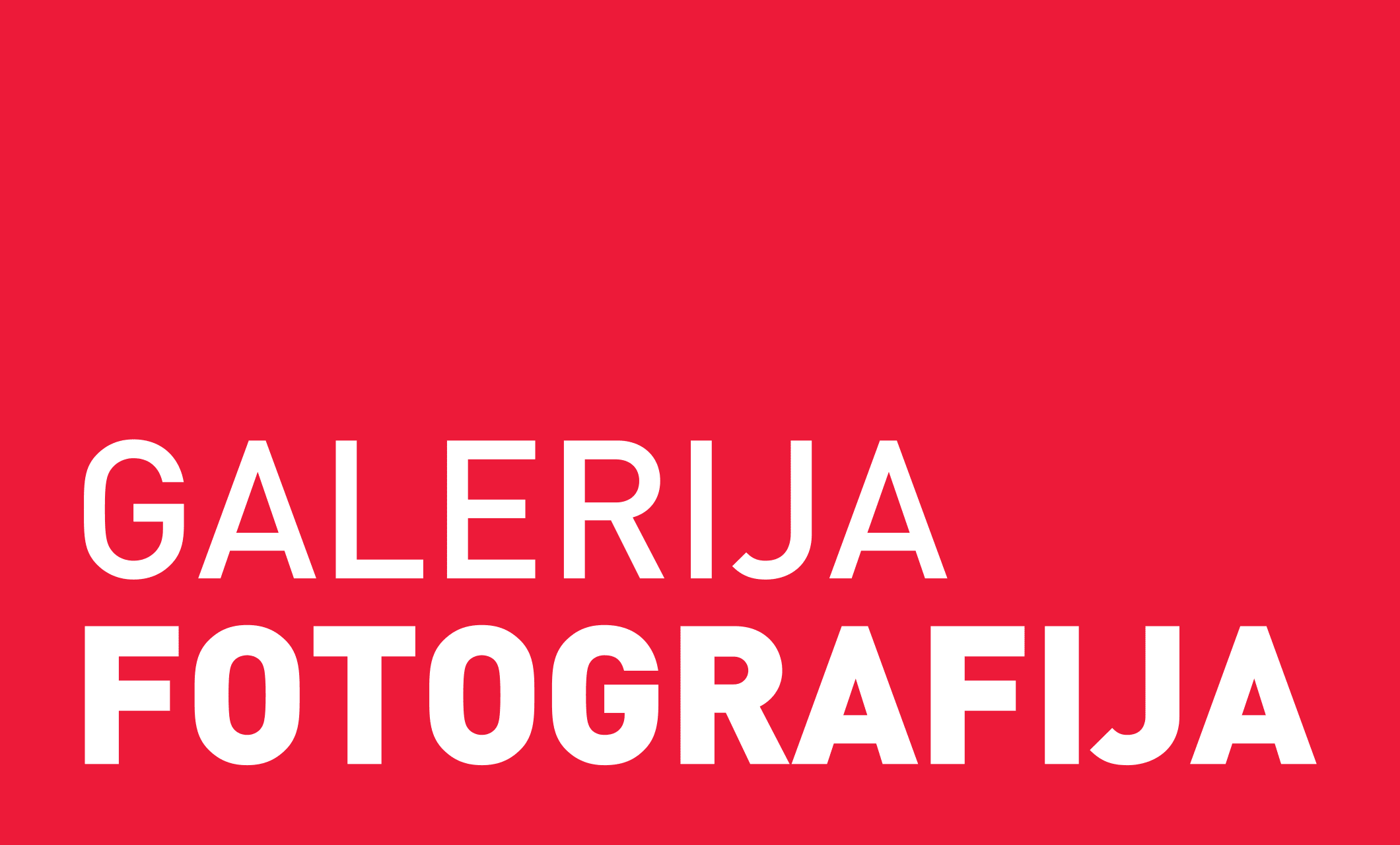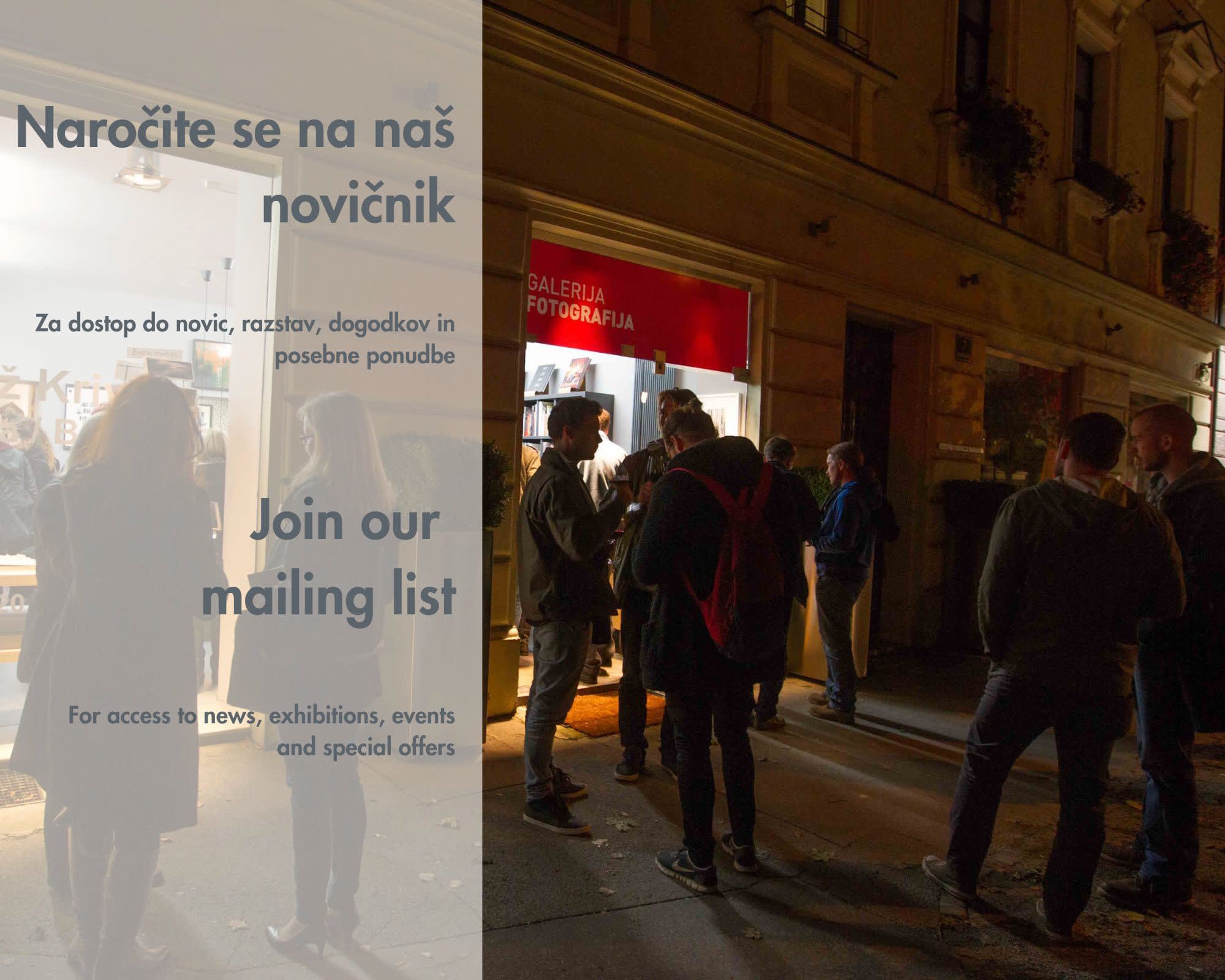Nino Migliori: THE FIFTIES
The National Gallery of Slovenia, in cooperation with the Galerija Fotografija gallery, is organizing an exhibition of more than two hundred photos of the most important Italian photographers from the period of Neorealism.
The research on Italian cultural movement “Neorealismo” has concentrated mostly on literature and cinema with little acknowledgement of the field of photography of the era. But it is exactly in photography where it has probably produced its highest and most coherent expression. “Neorealism – the new image in Italy 1932–1960” analyses the existing relationship between photography and other fields of art, such as cinema and literature. The inspiration and reasons that drove the various authors are addressed in order to show the way they worked. Although they started from many diverse points of view and cultural approaches, their work led to an outcome which became coherent. This project also introduces a new interpretation of the phenomenon based upon the idea that the roots of neo-realism can be found in the fascist period.
In the Galerija Fotografija gallery the exhibition entitled “The Fifties” presented works by one of the most important photographers of Italian neorealism, Nino Migliori.
For Nino Migliori, Neorealist
In post-war Italy a new style emerged that stood opposed to the official images of the Fascist era, to the rhetoric of parades and formal portraits. This new, innovative photography was also different from the amateur photography that revealed a contemplative vision of the world associated with certain thematic tendencies – landscapes and still lifes, where effects in photographing and printing were very similar to those employed in pictorialist research.
This new trend was generally referred to as Neorealismo, the same term applied to filmmaking and similar – for we must also acknowledge that neorealism also extended to painting, to sculpture, to poster art and more. Moreover we must underline that in photography, as well in other artistic fields, there are far more manifestations of neorealism – and in this situation Nino Migliori’s position was absolutely new.
Nino Migliori worked in northern Italy from 1948 to 1959, and in southern Italy in 1956; his approach was entirely new, and without compare among Italian and European photographers alike. Migliori did not wish to produce mere documentation. Instead and above all he wished to create a dialogue with the people he captured by means of building stories with his pictures. So Migliori proposes sequences – for example, the women on the stairs, in black-on-white steps.
Migliori never proposes generalities, because he observes and reads the space in a highly personal manner. His southern architectures must be read as single-shot sequences, as a kind of condensed narration where we can find singular stories: the one of the foreshortened impression of a village, the one of the two women hand-in-hand, and all of the others that we discover gradually, like an excavation of the inside of each picture. And incredibly, Migliori explored all of these because he observed and spoke at length with these people before shooting. The thresholds in the south represent another typical framework for Migliori’s motifs. Using his Rolleiflex he captures accurate, live images where the hierarchies that order the figures on the thresholds are clear but varied, where inside each shot there is always light coming from behind, an element of rupture, a movement that refers to the story. And the light in every photograph is impressive – dazzling light or deep, gloomy shadows; windows cut out in the dark, and figures as apparitions that emerge out of a different dimension of the story.
Migliori discovered a different way in photography, bringing together the experience of film, social tension, and the strength of storytelling by means of photographs of particular invention and human sensitivity.
Arturo Carlo Quintavalle





